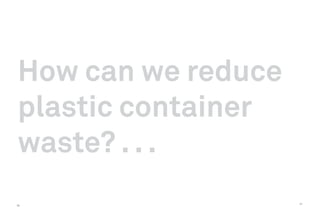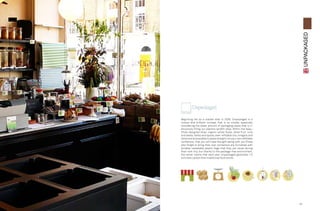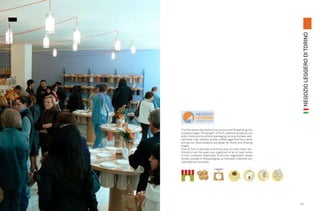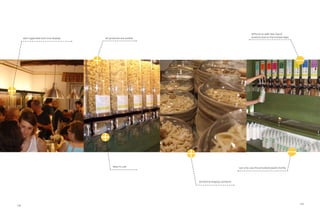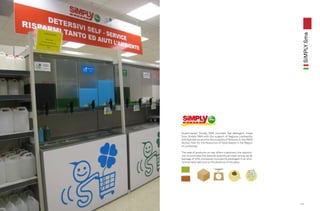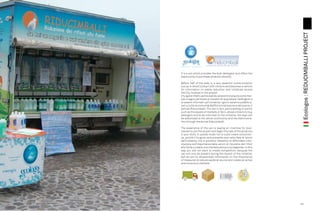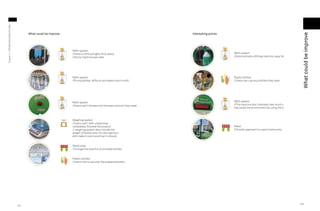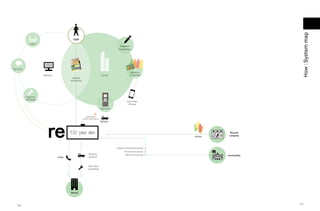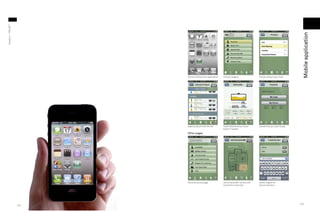This document discusses plastic waste and its impacts. It describes how plastic is produced from fossil fuels and generates pollution during manufacturing. Most plastic is non-biodegradable and persists in landfills and the environment for centuries. Less than 50% of plastic is recycled, with the rest ending up in landfills, being incinerated, or polluting the oceans. This poses serious threats to wildlife and potential human health impacts through contamination of the food chain.




























